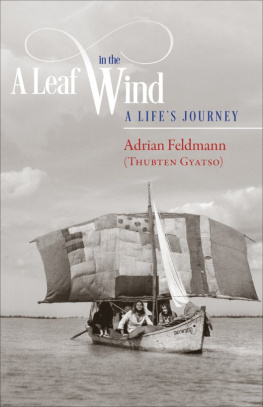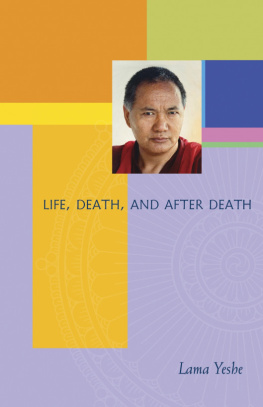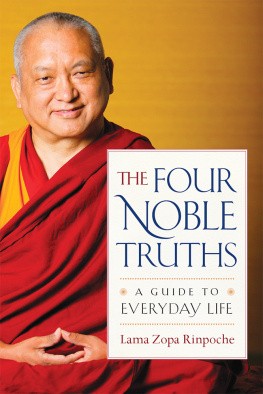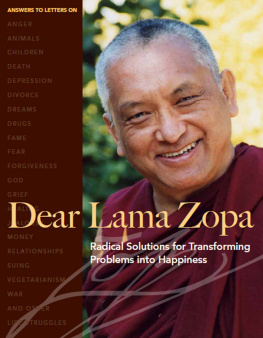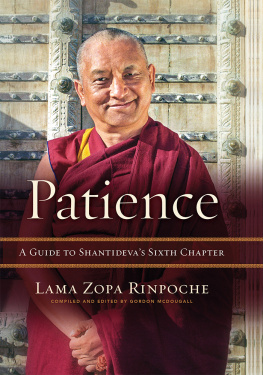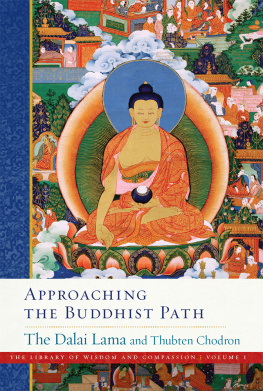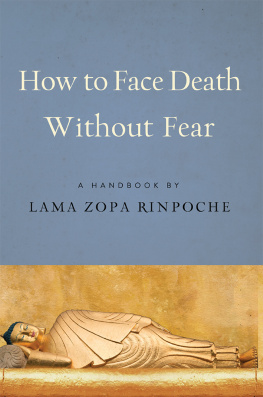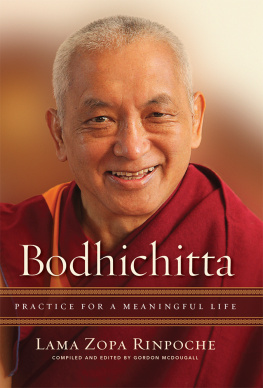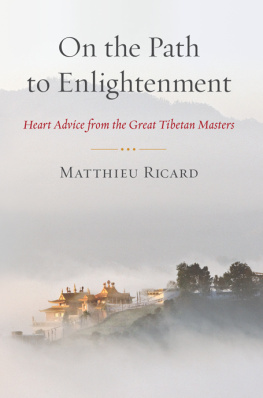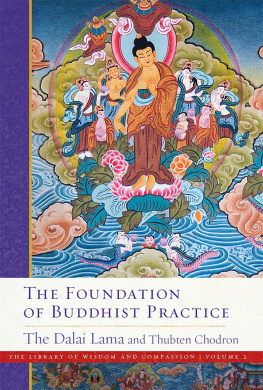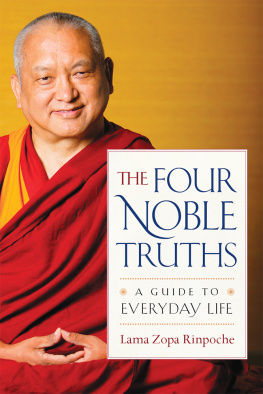A LEAF IN THEWIND
A Life's Journey
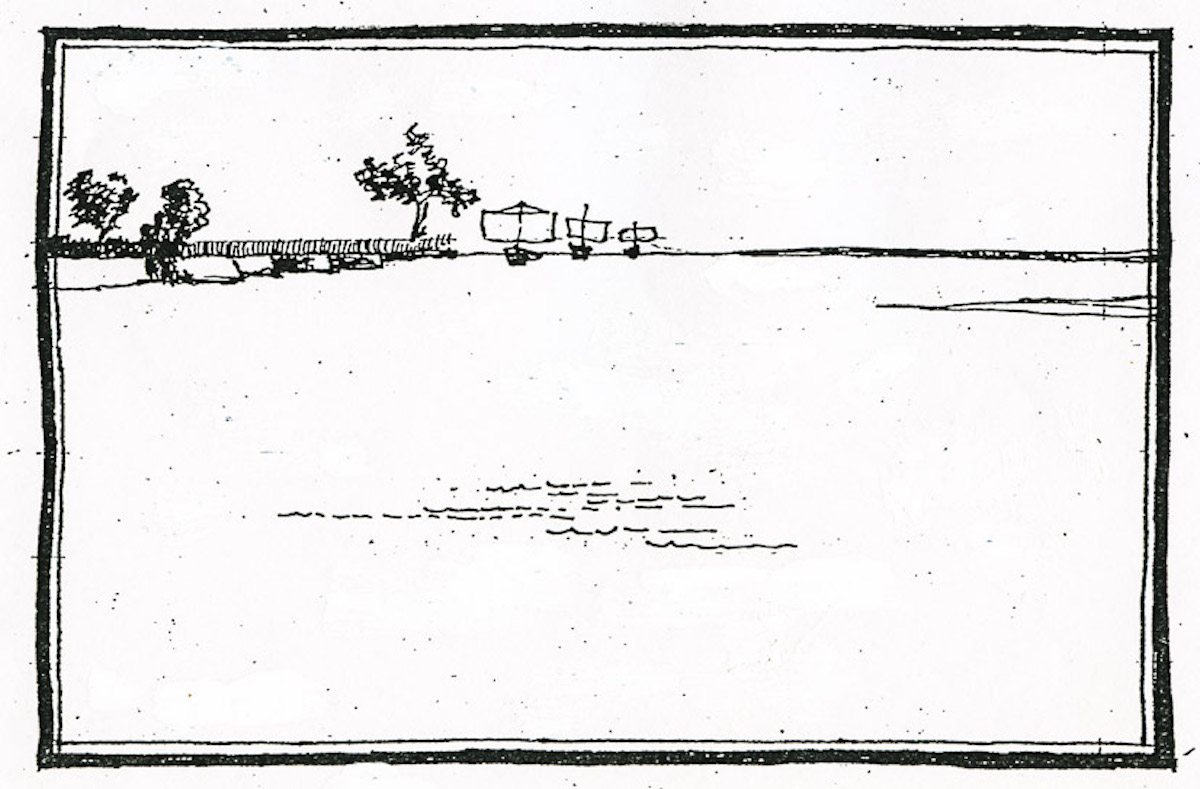
Venerable Thubten Gyatso
(Adrian Feldmann)
Lama Yeshe Wisdom Archive Boston
LamaYeshe.com
A non-profit charitable organization for the benefitof all sentient beings and an affiliate of the Foundation for thePreservation of the Mahayana Tradition

First published 2005 by Lothian Books, Melbourne
Ebook published 2015 by Lama Yeshe Wisdom Archive
Copyright Adrian Feldmann 2005
Cover designed by Gopa&Ted2, Inc.
Ebook ISBN 978-1-891868-64-1
LIW-2015-v3
The Lama Yeshe Wisdom Archive
Bringing you the teachings of Lama Yeshe and LamaZopa Rinpoche
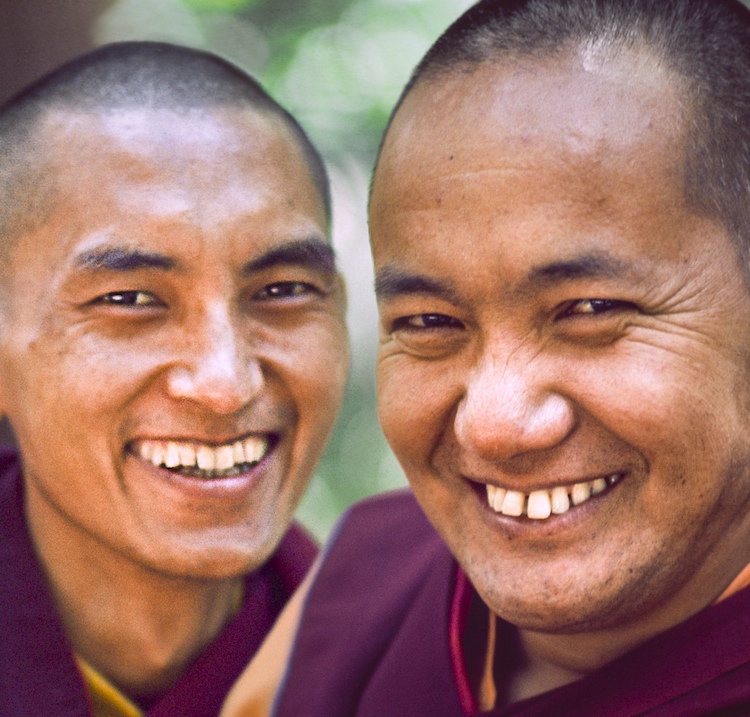
This ebook is made possible by kind supporters of theLama Yeshe Wisdom Archive who, like you, appreciate how LYWA makesthe teachings of Lama Yeshe and Lama Zopa Rinpoche freely availablein myriad formats, including on the Archive website forresearching, listening, reading and downloading, shared daily withour social media communities, and distributed worldwide as audiobooks, ebooks and free books. Please join us in sharing theDharma everywhere for the happiness and benefit of all beings.Learn how by visiting us at LamaYeshe.com . Thank you so much and please enjoy thisebook.
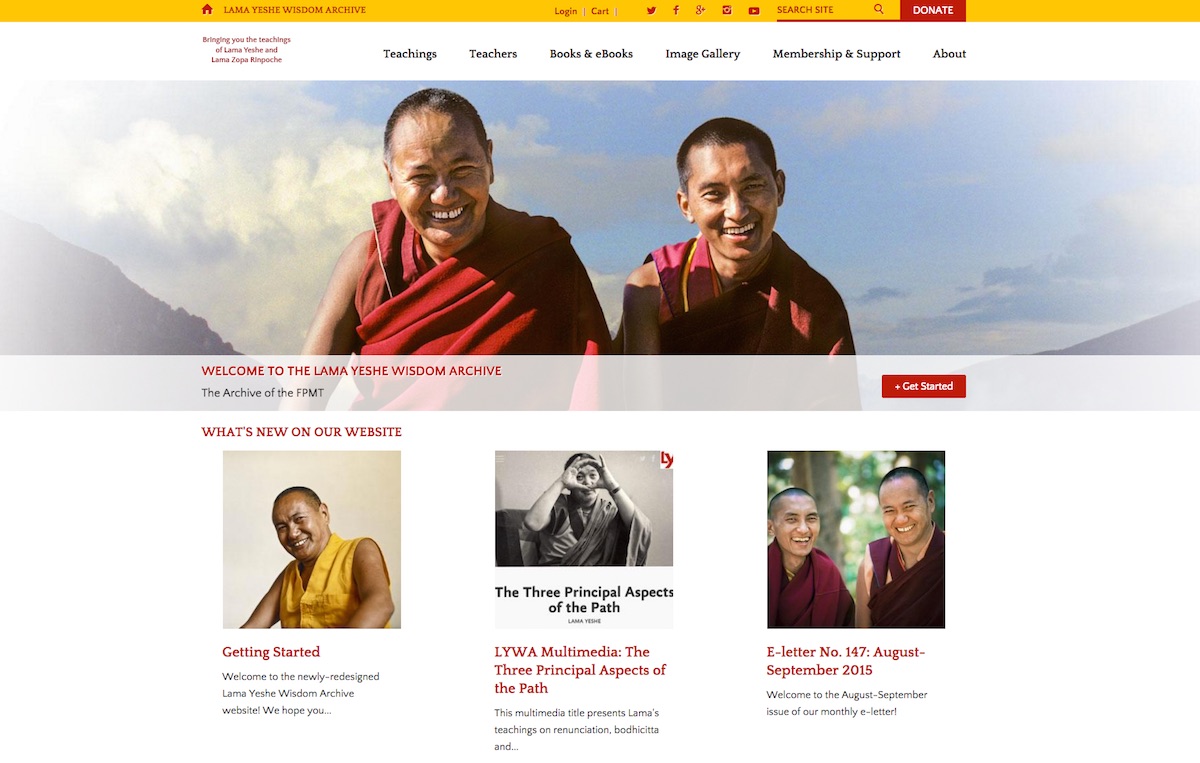
TABLE OFCONTENTS
Sign up for the LYWA Eletter
ACKNOWLEDGEMENTS
I would like to thank Garrey and Kris, my closestcompanions in life, for their encouragement to complete thismanuscript, and their sketches and photographs; Adele Hulse, forallowing me to use information about the early lives of LamaThubten Yeshe and Lama Zopa Rinpoche from her forthcoming biographyof Lama Thubten Yeshe; Anila Jinpa, for advice on the first draftwhile we were in Mongolia; Helen Manos for her patience in helpingme revise the entire manuscript, for her generosity and wonderfulhospitality while I worked on the text, and for her strongencouragement to continue; Alison Ribush, for her encouragement andfor introducing me to Lothian Books; Magnolia Flora at LothianBooks, for her many excellent suggestions and her great patience inworking with me on the final draft; and finally I would like tothank Sue Grose-Hodge for editing the manuscript.
INTRODUCTION
I have always been an observer, a thinker, and adreamer. Even as a small child I was sorting out the world and, asI grew up, it gradually became clear to me that beneath thecomplexity of our lives the common theme that unites us all, humansas well as animals, is that we simply want happiness and dont wantto be hurt. And yet we so often spoil our happiness and increaseour misery through plain, selfish stupidity. In an atmosphere offun, competition brings many laughs, but as soon as we get serious,the game is over and the tears start to flow. Just watch any groupof children at play and see how quickly the magic disappears anddiscord arises when their egos are bruised. Adults are nodifferent; we are just big kids. Our games are more complex, butour egos are no less sensitive.
Violence, from gross physical hurt to verbal andmental abuse, has always been abhorrent to me, but it has also beenwithin me. I didnt want it, but I didnt know what to do about it.Sometimes it felt easier to justify anger and hatred because thatswhat everyone else seemed to do. But the bad taste it left behindpoisoned my pleasure and didnt alleviate my unhappiness. On theother hand, I noticed that people who act out of kindness are happyand have few problems. These may not appear to be particularlyprofound observations, but they pose the question: If happinesscomes from being kind, and unhappiness comes from being selfish,why is happiness so elusive and why are we ever sad? In otherwords, Why cant we love others and abandon selfishness?
This book tells the story of my search for ananswer.
When I met the Buddhist teachings, they confirmedthat selfishness is the root of unhappiness. Selfishness gives riseto pride, greed, and anger emotions that block our attempts tofind happiness. Most importantly, the teachings give a method toovercome selfishness: as the problem is in the mind, the solutionis in the mind. We may agree that these poisonous emotions areundesirable, but our behaviour contradicts that knowledge. Webecome angry as soon as things dont go our own way, and we keeppride and desire in our hearts as if they are our closest friends.When people and possessions dont live up to our expectations weeasily find fault in them. We rarely see, or admit, the mistake inour own attitudes. Just as knowing the cause of an illness isuseless if we dont take the right medicine, knowing thatselfishness is the root of unhappiness wont help unless wecultivate its remedy: wisdom and loving-kindness. To do this, weneed to know how our minds function and how to overcome theobstacles that arise as we attempt to stop bad mental habits. Ineveryday terms, its like playing a computer game within the mind.In moving towards our inner goal, we must recognise and destroy theunexpected mental obstacles before they harm us. If the search forthe Holy Grail is a metaphor for ones advance towards perfectionin mystical union with God, then the Buddhist Holy Grail is theunification of wisdom and loving-kindness within our mind. Indeed,I believe that union with God and the cultivation of wisdom andloving-kindness are one and the same thing.
In my own quest for the Holy Grail, I am about toretreat into complete isolation from society for three years. Itcould be longer, or even shorter. I will have no communicationwhatsoever with the outside world. Even the people who supply myfresh food will be neither seen nor heard. A wall around my earthcabin will be the limit of my movements, and I shall not waste timewith gardening, reading, writing, or decorating. These activitieswould only hinder my mission, which is to see things as they are,undistorted by the veils of preconception. With mindfulness,alertness, and effortless concentration as my aides, my task is tonavigate the river of emotional turbulence within my mind and enterthe calm sea of wisdom.
...
The historic Buddha was born as a prince in Indiaabout 2,500 years ago. According to the Tibetan tradition, he wasalready an enlightened being, beyond death and rebirth. He chosethis way of birth as a method to inspire others to go beyondsuffering and attain true happiness. Through his own example andhis patient teaching, he indicated that renunciation, greatcompassion (bodhicitta), and the wisdom seeing reality were thepath to follow. Showing that the first step on the path isrenunciation of desire for sensory pleasure, Buddha turned his backon the luxury and pleasures of the palace and became an asceticyogi. Then, by learning and practising all that the greatestreligious practitioners of the time had to teach, he indicatedthat, by not knowing the real cause of suffering(self-centredness), they did not have the complete cure forsuffering.
He meditated beneath the Bodhi tree at Bodhgaya andrevealed his enlightenment by teaching the four truths: there is noreal satisfaction in our lives; this is because we are under thecontrol of poisonous emotions arising from self-centred ignoranceand the effects of our past actions (karma); all suffering can cometo an end (nirvana); and the path that leads to the cessation ofsuffering is the wisdom seeing the final reality of the self. Thiswisdom is the direct antidote to self-centredness because it knowsthere is no ultimately existing self. The self exists merelynominally, nevertheless, it has the potential to attain Buddhahood.Then, by gathering a vast circle of disciples and teaching for manyyears, the Buddha showed that non-discriminating concern for thewelfare of others supported by this wisdom was the method torealise our potential of enlightenment. To achieve this goal, weneed a qualified person to guide us out of the jungle ofself-importance.

